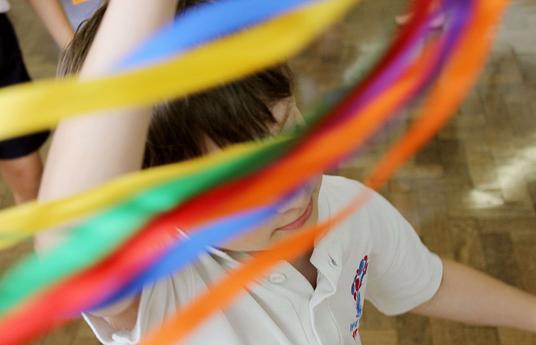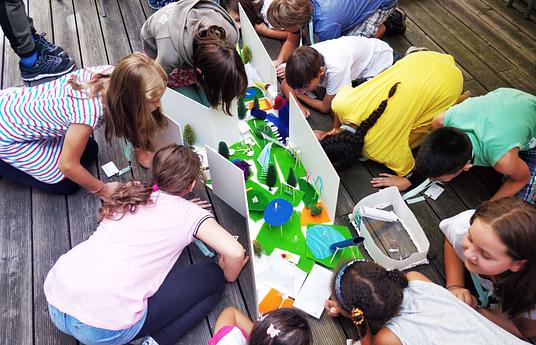Learning results are most effective when children do and experience things together. Long school days spent sitting in class are numbing and they do not provide an optimal environment for learning. The aim of this innovation is to increase movement and activity during the school day and teaching.
Increased activity has been linked not only to improved learning outcomes, but also school satisfaction. In addition, active learning methods take different types of learners into account.
Learning by doing and having new experiences also makes it possible to utilize versatile learning environments when teaching is taken outside the classroom, for example, to the City Hall or a newsroom.
Through activity and movement, teaching can be carried out naturally across different subjects. The following steps provide concrete ideas on how teachers can add more activity into the school day with just a few minor changes.
The innovation was inspired by the ideas of German professor Renate Zimmer, who is an advocate of exercise as a tool for learning. Some of the ideas are also in line with Finnish Schools on the Move, a current nation-wide program.
For an overview of the innovation, watch Sari Kontra's keynote at TedXOtaniemi.


